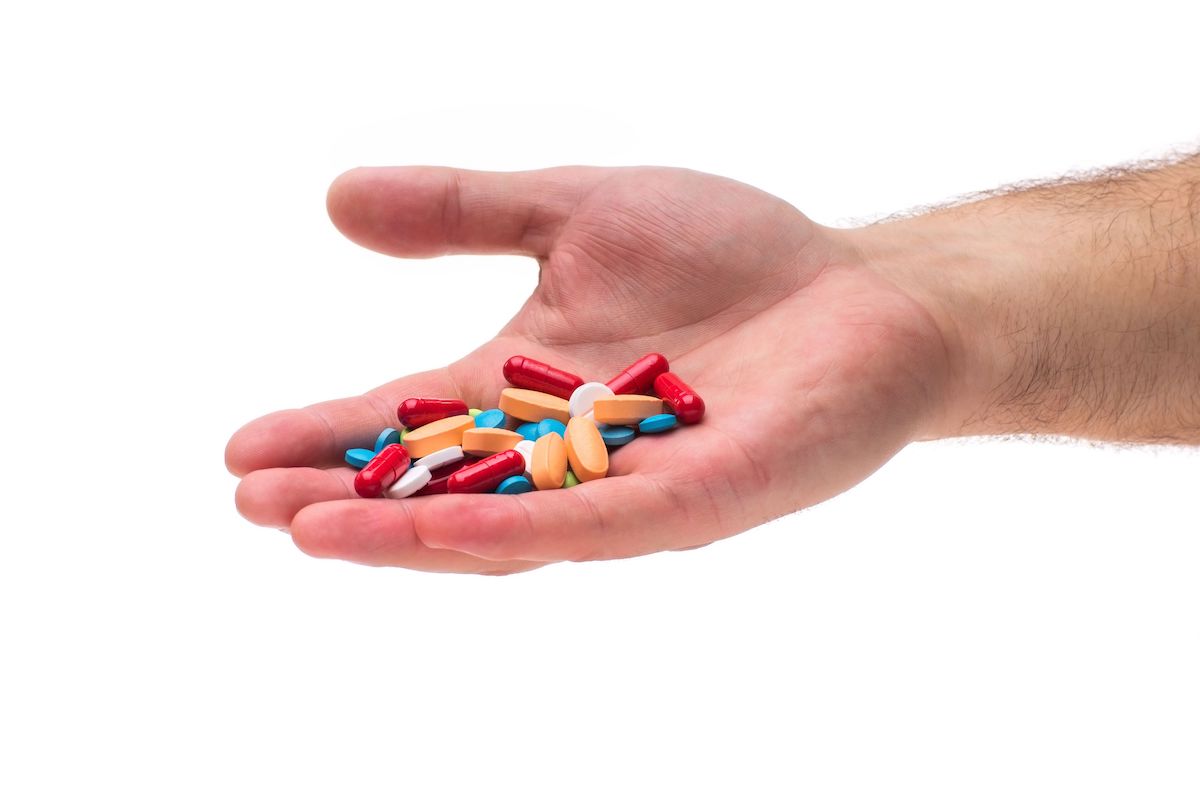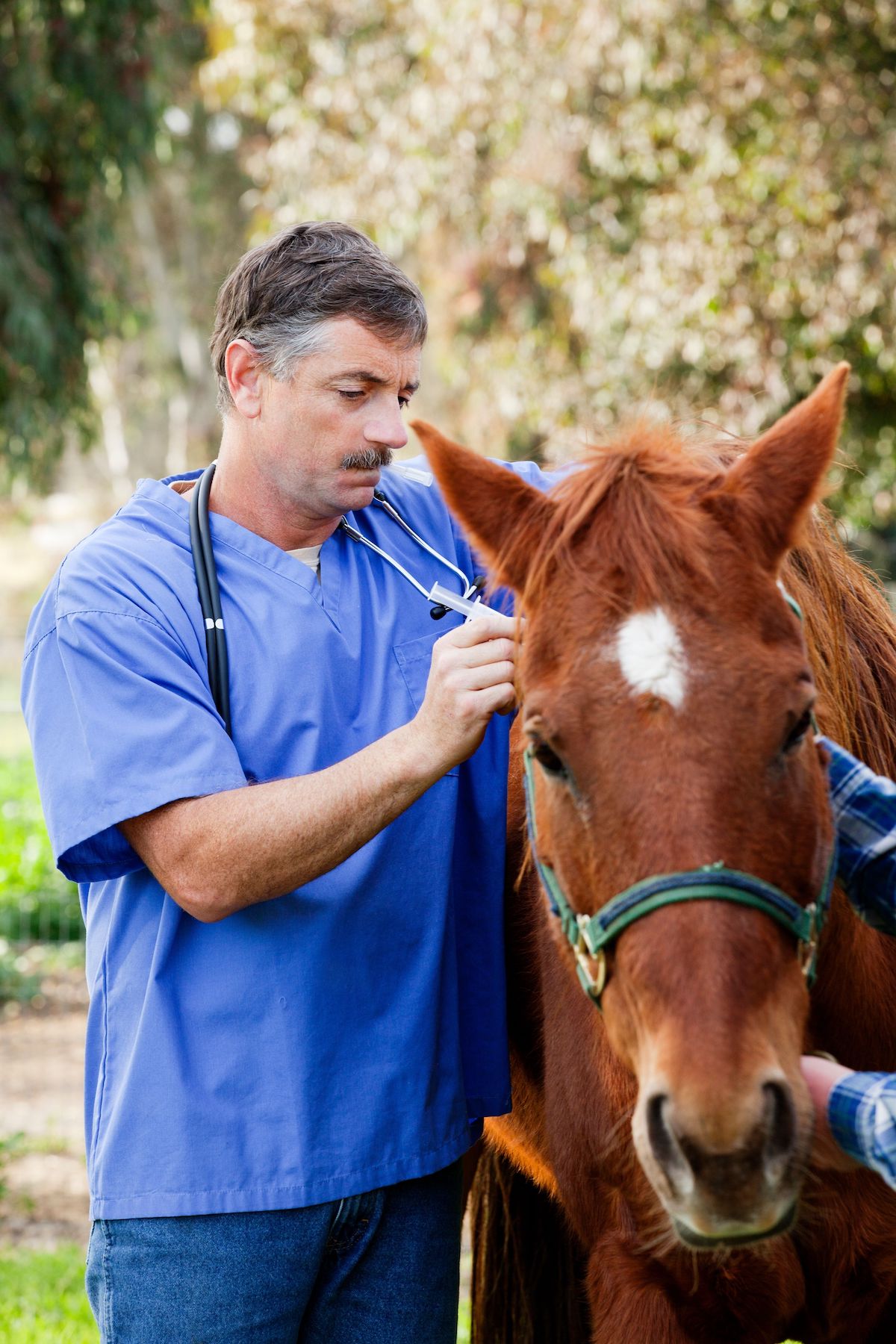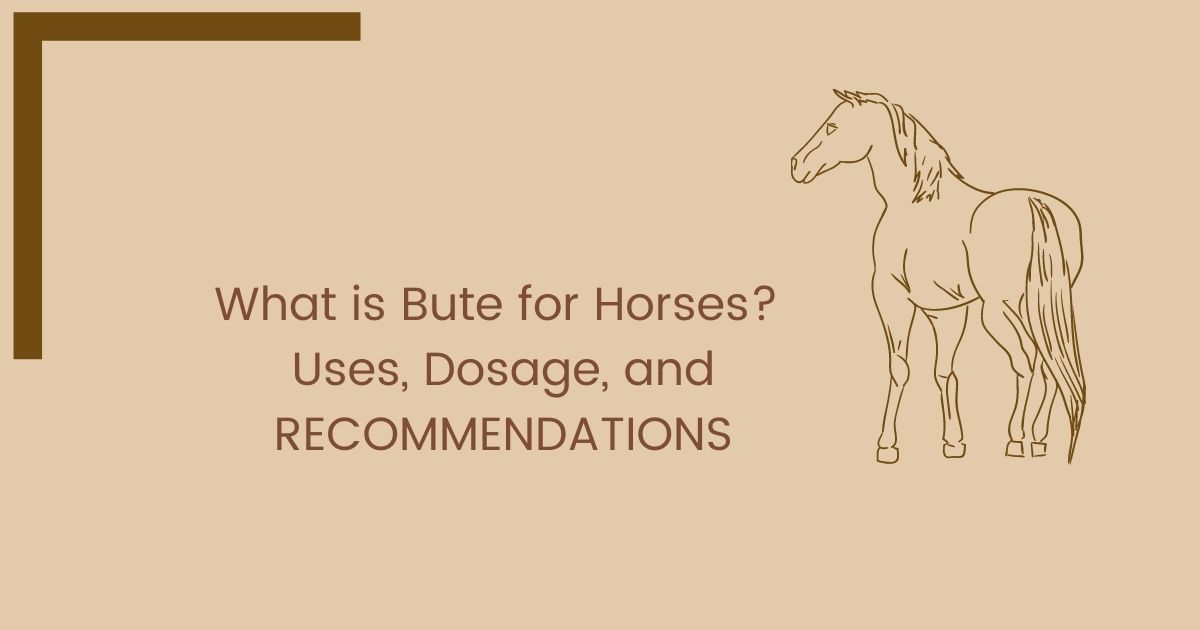Have you ever wondered what is Bute for horses? Equines are excellent animals to keep on your ranch. Apart from being good companions, they add beauty to any home. But, unfortunately, they might get injured, and when this happens, medical attention is required. But which medication should you use to relieve pain?
Well, you don’t have to worry! Bute for horses is the real deal! It will relieve not only pain and fever but also related symptoms. So if your horse has just been injured, go for this option. With that in mind, here’s everything you need to know about Bute for horses.
Without further ado, let’s get started!
What is Bute for Horses?
Bute is a group of medicines known as non-steroidal anti-inflammatory drugs. It is known as Phenylbutazone, but most horse owners prefer it as Bute. Bute for horses has been used for decades to relieve pain. However, it is not effective on all types of pain.
Besides that, it aids in treating antipyresis, commonly known as fever. Generally, it relieves the pain associated with musculoskeletal disorders and infections such as; sprains, Arthritis, Tendonitis, and Laminitis.

What is Bute Used for in Horses?
Bute is a drug used in horses to relieve pain and aches. Furthermore, it contains various uses. Some of them are:
Analgesia
Being a non-steroid anti-inflammatory drug, it helps in relieving pain in horses. Such pains are a result of infections and musculoskeletal disorders like sprains, arthritis, and arthralgias. Upon administration, it lowers the level of secondary inflammatory damage, restores movement, and reduces pain.
Antipyresis
Apart from pain, Bute is used as an antipyresis, reducing fevers and other symptoms.
Available Data on Risks in Using Phenylbutazone in Horses
Phenylbutazone is useful in treating lameness in horses. However, owners need to be aware of the risks associated with this type of medication, especially in animals with known health problems.
This is mainly because it might cause adverse effects for both young and old horses. Here are some of the risks.
Development of Ulcers
Topping the least of the risks associated with the use of Phenylbutazone is the development of ulcers. When you treat your horse with high doses of Bute, there’s a possibility that it will develop ulcers in the stomach. On top of that, using the dose for a long time can also lead to kidney damage or even bone marrow problems.
Delays Bone Recovery
Bones play a vital role in animals. They not only help in supporting the whole body but also protect organs and tissues. In this case, Phenylbutazone for horses might cause a delay in the healing of bones. Nonetheless, it can slow down the production of cartilage.
Interferers with Thyroid Function
The thyroid is a significant part in the body of animals. It plays a variety of functions, such as the growth and maturation of organ systems. However, too much administration of Bute can block the thyroid from functioning correctly.
But this doesn’t imply that you should halt using the drug. Instead, use it properly and only when necessary to protect your charming horse.
Are There Any Drug Interactions to be Aware of in Bute for Horses?
Bute for horses is essential in treating pain in horses. But as an owner, there are some things that you need to be cautious about while using the drug. The truth is, it contains some interactions that might affect your horse. Among them are:
Hypoalbuminemia
Hypoalbuminemia is a deficit of albumin in the blood. This may occur in horses when Phenylbutazone is administered. As a result, the liver might not function well.
Renal Diseases
Renal disease is another interaction that occurs in horses. When you administer the drug to your horse for long periods, your horse might suffer from renal damage. Therefore, it is essential to have enough information about the drug’s interaction.
Diarrhea
Diarrhea is a very common interaction for many types of drugs. In this case, it can happen to horses if Bute is administered. This is because it may have failed to be compatible with the horse’s body. When this reaction occurs, your horse might lose weight and become weak.
Ulcers
This is the most common interaction in horses that occurs after administration of Bute. As much as you want your horse to get better, ensure that you are conversant with this reaction.
Generally, ulceration mainly occurs in the mouth or the gastrointestinal tract. This can happen upon administration of the drug for a long time.
Bute for Horses Dosage
Phenylbutazone is a potent compound classified as a non-steroidal anti-inflammatory drug. It aids in relieving pain and fever in horses. However, the drug is associated with various side effects such as ulcers of the gastrointestinal tract and urinary tract infection.
For this reason, the official recommendation dose of Bute is two to four grams per day. This applies to a horse that weighs a thousand pounds. Moreover, you can administer the drug either by oral method or through injections.
If the dose is intravenous, it should be administered for up to five days. In case of continued dose, opt for oral use. On the contrary, the minimum Bute for horses dosage that can cause reactions is below four grams a day for fourteen days.
This being the case, most practitioners prefer higher dose levels for a maximum of six days.
So, it is essential to watch your horse after the administration of Bute. This will help monitor the condition and look out for the upcoming reactions. Moreover, make sure to follow the veterinarian’s recommendation to manage these problems.
Horse owners should also be careful not to inhale Phenylbutazone powder. In addition, hands should be washed immediately after administering to prevent oral contamination. In humans, renal, cardiovascular, and gastrointestinal side effects are associated with the use of this medication.
Recommendations for General Use
Bute should only be administered using injections intravenously or orally. Injections should be in the veins but not arteries. This is crucial because injecting the arteries by mistake can cause a seizure.
If it’s to be given orally, ensure that it is stored in a tight container that cannot be tampered with by toddlers. Store them in a cool place for injectable ones, primarily in temperatures ranging from 46 to 56 degrees Fahrenheit (7 to 13 degrees Celcius). Additionally, you can store it in a refrigerator to protect and enhance its longevity.

Suitable Alternatives for Bute in Horses
Treating pain in horses is not limited to the use of Phenylbutazone. Other substitutes can perform the same function. Aside from that, you might look for other remedies in case Bute produces side effects in the body of your horse. The good news is that there are other ways of relieving pain.
All these alternative substances are natural hence will not produce adverse effects on your animal. Among them are:
Devil’s Claws
The first natural alternative to Bute for horses is Devil’s Claws. It is a plant that contains an anti-inflammatory chemical known as harpagoside—moreover, the pain-relieving properties and antioxidants aids in faster healing.
However, you need to be more careful, especially if your horse has health disorders. For instance, if it has gastric ulcers, don’t administer Devil’s claw since it may increase gastric secretions.

Turmeric
The substance to use in place of Bute is Turmeric. This is a common plant used as a spice and to heal various ailments. It is among the best natural alternatives as it has anti-inflammatory properties.
Capsaicin Topical Cream
It is manufactured using compounds found in hot chili peppers. It reduces inflammation by getting rid of a chemical compound that causes pain. However, you need to be careful during administration since it causes an unpleasant sensation when applied first.
To add, don’t use in horses that are under wraps or severely inflamed parts. For better results, consult a trained herbalist to check the cause and then prescribe the best alternatives to fasten healing.
Banamine vs. Bute
Banamine and Bute are commonly used anti-inflammatory medications. Banamine is mainly given for colic relief because it has additional extra anti-inflammatory benefits. It comes as a paste or injection but cannot be administered intramuscularly as it can cause severe side effects.
It is also not suitable for prolonged periods since it can damage some body parts of the horse, such as the kidney. On the flip side, Bute comes as a paste, powder, or pill. Therefore, it is suitable for horses experiencing musculoskeletal pain such as lameness.
Unlike Banamine, it takes several hours to work, but it is essential for many horses. On the contrary, it is unsafe to administer in high doses for long periods. It can cause ulcers of the large colon and also mild to moderate lameness, thus overexertion.
Side effects of Phenylbutazone for Horses
Phenylbutazone is the best-recommended drug to use in horses since it can relieve pain and aches faster. However, it might affect the animal after administration. As a horse owner, here are some of the side effects to expect.
Protein Loss
Topping the list of common side effects of Bute in horses is loss of protein. This occurs when the protectors in the GI tract become inflamed due to too much or prolonged use. As a result, absorption of poison might occur in the horse’s body.
Low White Blood Cells Count
A low white-blood-cell count is one of the side effects that you should note after administering Bute. The most exciting fact is that it occurs due to too much dosage and can be as a result of the initial recommended dose. That being said, it lowers the white blood cells hence a weak horse thus poor immunity.
Right Dorsal Colitis
This is the most severe side effect that Bute has in horses. It is a condition that leads to the inflammation of the upper right side colon in horses. This is because the drug inhibits chemicals that protect the lining of the gastrointestinal tract. Additionally, it blocks the protectors leading to the inflammation of the colon.
Volatile Fatty Acid Activity
This side effect occurs in horses after prolonged use of Phenylbutazone. Typically, horses are known to survive as herbivores, and this is why the fatty acids are produced in large amounts. They are then distributed to the rest of the body parts, thus boosts energy.
However, the horse might be subjected to energy loss and poor immunity when the fatty acids are interrupted. As a horse owner, avoid using Bute in hydrated horses. The best thing to do is administer the lowest dose because too much of it will increase the side effects, not the pain-killing ability.
Pros and Cons of Bute for Horses
As much as Bute contains side effects, it also has positive and negative sides. With the help of the table below, here are the Pros and Cons.
| Pros | Cons |
| Relieves pain. | Should not be used for long periods. |
| Easily available. | It can’t be combined with anti-inflammatory drugs. |
| Affordable. | Unsuitable for prolonged usage. |
Where Can I Buy Bute For Horses?
If your horse is suffering from pain and aches, opt for Bute. However, you cannot just buy it anywhere. To get the correct recommendation of Bute, purchase it from a veterinarian or a Pharmacy.
They are legit sources because they are approved by the government and contain knowledge about the drug, various ailments, and the horse as a whole.
Alternatively, you can buy from online stores such as Amazon. However, you need to be careful not to fall into the hands of fake practitioners and counterfeit products. For better results, take it to a vet to check if it is suitable for use.
